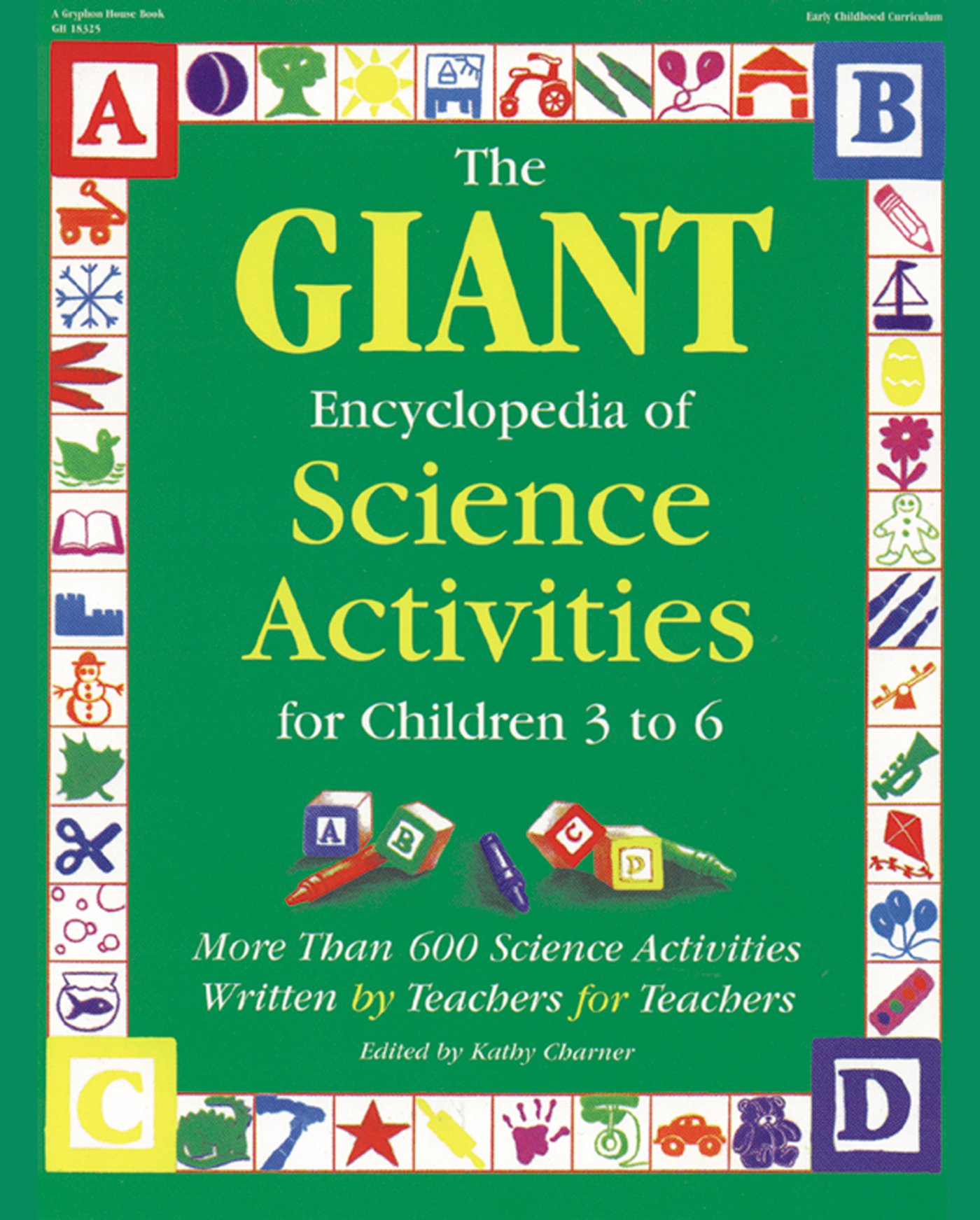Materials
A clear container in which 2-3 gallons (8-12 L) of water can be clearly viewed (an old fish aquarium or very large mayonnaise jar, for example)Various items to put into the water container, such as salt, rocks, syrup, pepper
Instructions
1. Place the clear container of water in the very center of a table where everyone will be able to see clearly. Place items to be tested close by.
2. Begin with an item that will most likely dissolve in water, such as salt. Pose the question, "Will it disappear or will you still be able to see it?" Pour in about a tablespoon (15 ml) of salt and closely observe the results. Make it clear that when the salt vanishes, it is because it has dissolved.
3. Move on to a solid object like a rock. Remember to ask the question first so the children may give their guesses. When the rock sinks to the bottom, explain that a rock is a "solid" and therefore can't dissolve. Continue with the rest of the items selected for this experiment.More to doArt: Try watercolor painting with the children. * Make posters listing your findings of what dissolves in water and what sinks or floats, using magazine pictures to illustrate the experiments thechildren conducted.More science: With the same tank of water (if it has not become too dirty or cloudy), conduct sinking and floating experiments, putting in items such as paper, corks, plastic spoons, metal spoons, lids, pencils and marbles. Ask the children to guess whether the items will sink or float.
